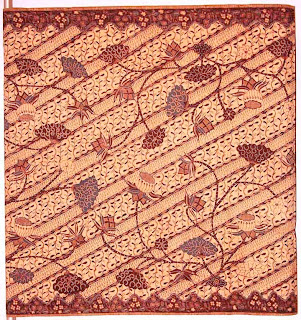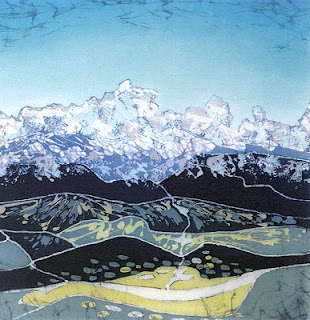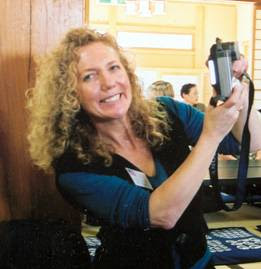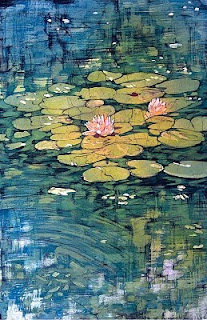5.9.10
What is Batik?♥
Batik is both an art and a craft, which is becoming more popular and well known in the west as a wonderfully creative medium. The art of decorating cloth in this way, using wax and dye, has been practised for centuries. In Java, Indonesia, batik is part of an ancient tradition, and some of the finest batik cloth in the world is still made there. The word 'BATIK' originates from the Javanese 'tik' which means to dot.
Here are some batik paintings
Similarities and difference between MODERN and TRADITIONAL batik (:
Both modern and traditional batik uses wax to outline, and both uses dyes to apply the colour on the fabric too.
However, modern batik uses the easy way, machinery, while traditional batik uses the hard way, involving the tjanting tools.
The Process of Batik Making♥
To make batik, selected areas of the cloth are blocked out by brushing or drawing hot wax over them, and the cloth is then dyed. The parts covered in wax resist the dye and remain the original colour. This process of waxing and dyeing can be repeated to create more elaborate and colourful designs.
Thin wax lines are made with a canting, a wooden handled tool with a tiny metal cup with a tiny spout, out of which the wax seeps. After the last dyeing, the fabric is hung up to dry. Then it is dipped in a solvent to dissolve the wax, or ironed between paper towels or newspapers to absorb the wax and reveal the deep rich colours. This traditional method of batik making is called batik tulis.
Materials needed:
- Cloth (or any other base suitable)
- Brushes that can withstand high heat
- Canting
- Electric Batik Wax Melting Pot
It maintains the wax at a controlled tempeature and also prevents the wax from overheating.
- Brass Bowl Style Double Spout
Used to create interesting double-lined designs
Batik making process
Sarkasi Said, a batik artist♥

Sarkasi bin Said is a Singaporean batik painter of international renown. He is known for his unconventional use of wax-resisting technique for batik painting, his bold use of colours and his frequent depictions of nature.
In May 2003, he had broken the Guiness World Record of the longest Batik painting made, a painting of 103 metres.
Sarkasi Said had begun to develop a serious interest in Batik only after observing some foriegn artists which had featured batik techniques in their paintings. He taught himself how to batik as he was lacked of formal training. He had also went to other regions annd learnt from other Batik artists. He had expanded to Batik designs on clothing that had been sold locally and abroad.
Some of his works:
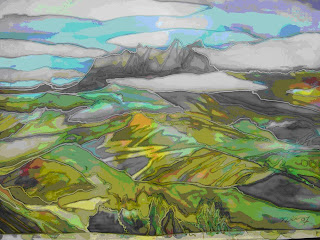
The range of Kinabalu

Colours of Kundasang
Terri Haugen, a Batik artist♥
Terri's work is collected worldwide; her strong sense of design along with her romantic nature and painterly qualities has brought international recognition, for her Batiks. Each of Terri's Batik paintings reveals a command of materials and techniques. She is considered to be one of Americas foremost Batik Artists. She has mastered the traditional method of overdying and combines that with more modern techniques. Her work features a wide range of colours and subtlety of hues, to complicated bright colour combinations difficult to achive in Batik. Her experimental work is fun and unusual.
HER WORKS

